Oral Hygiene: The Foundation of Gum Health
Oral hygiene is not just about having a fresh breath and a bright smile; it is about safeguarding the health of your gums. Poor oral hygiene can lead to various gum problems, such as gum disease, which can have serious implications for your overall health.
Brushing Techniques for Healthy Gums
Using fluoride toothpaste and a soft-bristled toothbrush is essential. Place the toothbrush at a 45-degree angle toward your gums to effectively remove plaque and bacteria. Remember to brush all surfaces of your teeth, including the backs and sides.
The Importance of Flossing
Brushing alone is not enough; flossing is crucial to clean the spaces between your teeth. Take an 18-inch piece of floss and wrap each end around your middle fingers. Use your thumbs and forefingers to guide the floss between teeth and clean in a C shape. For those with dexterity issues, interproximal brushes and dental picks can be helpful. And while water flossers can remove large food debris, traditional floss is still necessary to remove biofilm.
Tongue Cleaning and Mouthwash
Your tongue harbors bacteria, so don't forget to brush it when you brush your teeth. You can use your toothbrush or a tongue scraper. Antibacterial mouthwash helps control harmful oral bacteria and reduces plaque buildup. Choose an alcohol-free formula to avoid dry mouth.
Regular Dental Visits
Routine dental exams and cleanings are vital for maintaining gum health. Many people do well with six-month visits, but those prone to cavities or gum disease may need more frequent appointments. Your dentist can detect and treat problems early.
Avoiding Harmful Habits
Smoking is a major cause of gum disease and oral cancer, so it's best to avoid it. If you smoke and want to quit, consult your healthcare provider for assistance.
Choosing the Right Oral Hygiene Products
When shopping for oral hygiene products, look for the ADA Seal of Acceptance. Your dentist can provide personalized product recommendations based on your specific needs.
The Benefits of Good Oral Hygiene
Practicing good oral hygiene offers numerous advantages, including healthier teeth and gums, a beautiful smile, fresher breath, a reduced need for dental work, a lower risk of heart disease, stroke, diabetes, and other health concerns, and a decreased risk of oral cancer. Additionally, it's more cost-effective in the long run.
Recovery and Outlook
How often you should see your dentist for exams and cleanings depends on your individual situation. The American Dental Association recommends regular intervals specified by your dentist. If you have warning signs or it's been more than six months since your last cleaning, schedule an appointment promptly.
Periodontal Disease and Oral Hygiene
Periodontal disease, or gum disease, is a chronic inflammation of the gum tissue. Nearly 50% of adults over 30 have it, and the percentage increases with age. By following simple oral hygiene tips, such as mastering the proper brushing technique, using floss, visiting the dentist regularly, maintaining a balanced diet, and avoiding tobacco, you can prevent and manage gum disease.
Eating for Gum Health
A balanced diet is beneficial for gum health. Choose foods rich in calcium and vitamin C, like cheese, yogurt, fruits, and leafy greens. These can strengthen enamel and help keep your gums healthy.
Dental Visits for Gum Health
Regular visits to the dentist allow for early detection and treatment of gum problems. Dentists can perform periodontal therapy and offer specialized treatments like Perio Protect to address gum disease at its source.
Conclusion
Proper oral hygiene is the key to optimal gum health. By consistently following the tips of brushing, flossing, visiting the dentist, maintaining a healthy diet, and avoiding harmful habits, you can ensure the well-being of your gums and overall oral health. For more information or personalized advice, consult your dentist. Remember, a healthy smile starts with good oral hygiene!

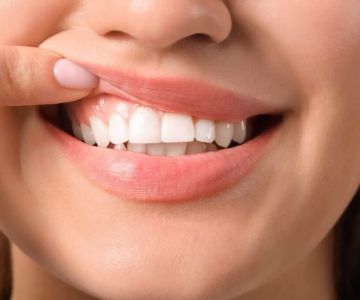
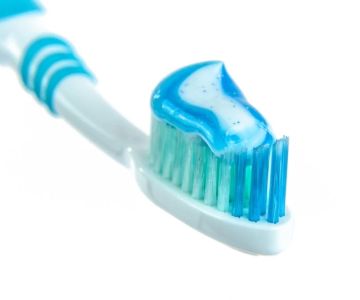
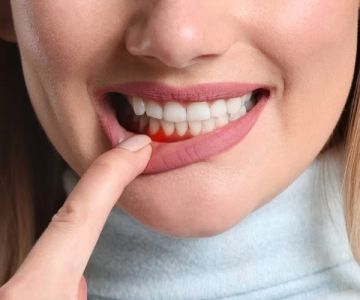
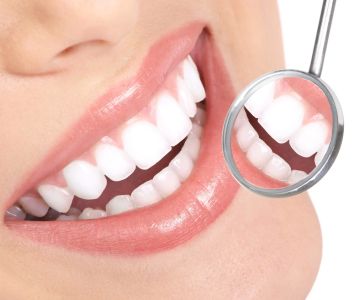

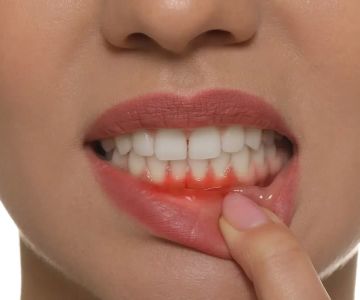
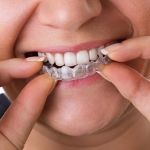 Gentle Dental Service4.0 (113 review)
Gentle Dental Service4.0 (113 review) All Family Dental and Braces4.0 (689 review)
All Family Dental and Braces4.0 (689 review) Dentists of South Pasadena4.0 (124 review)
Dentists of South Pasadena4.0 (124 review) Shoreline Endodontics LLC4.0 (10 review)
Shoreline Endodontics LLC4.0 (10 review) Tend East Nashville4.0 (319 review)
Tend East Nashville4.0 (319 review)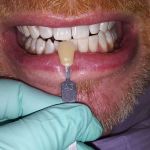 Promenade Dental Care4.0 (69 review)
Promenade Dental Care4.0 (69 review) The Importance of Oral Health Education During Pregnancy for a Healthy Pregnancy
The Importance of Oral Health Education During Pregnancy for a Healthy Pregnancy Best Tips for Brushing Your Teeth Properly for Healthy Gums: Essential Techniques for Oral Health
Best Tips for Brushing Your Teeth Properly for Healthy Gums: Essential Techniques for Oral Health Why Skipping Dental Checkups Can Lead to Bigger Oral Health Problems
Why Skipping Dental Checkups Can Lead to Bigger Oral Health Problems Advantages of Porcelain Dental Restorations
Advantages of Porcelain Dental Restorations How Can Diabetes Cause Tooth and Gum Problems? Preventing and Managing Oral Health Issues
How Can Diabetes Cause Tooth and Gum Problems? Preventing and Managing Oral Health Issues Healthy Habits for Promoting Good Oral Health and Hygiene: Tips for a Healthy Smile
Healthy Habits for Promoting Good Oral Health and Hygiene: Tips for a Healthy Smile